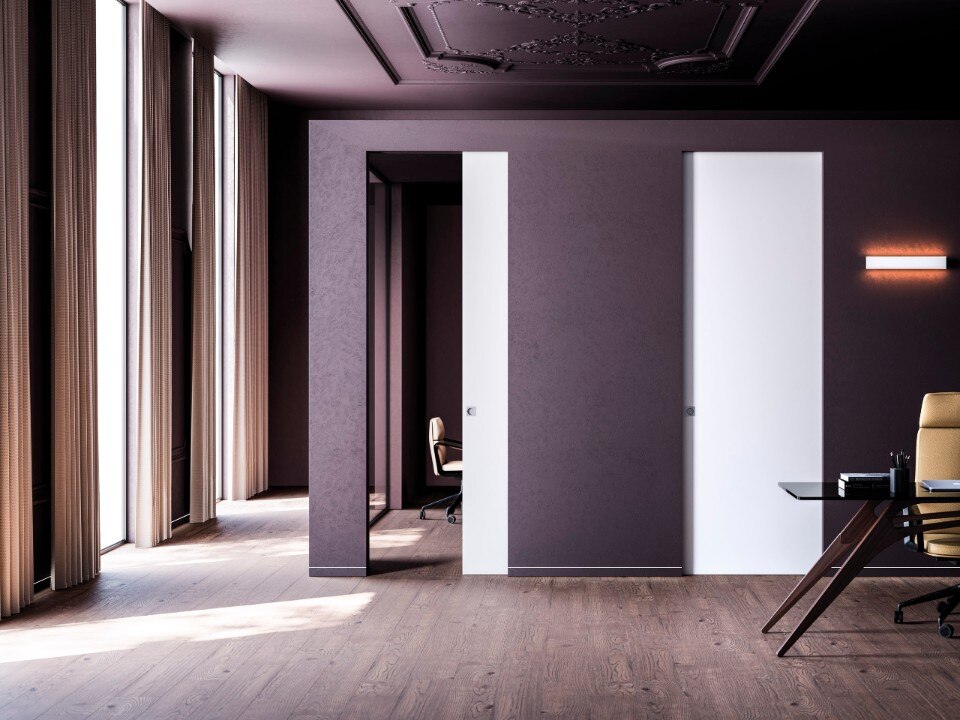Some have painted it, some have photographed it, and even those – like the Danish Olafur Eliasson or the Mexican Gabriel Dawe – have tried to artificially recreate it inside museum rooms. Since forever, the rainbow has been one of the most fascinating natural phenomena not only for any human being but also and especially for artists.
Whether it is for its ability to generate wonder, or for its symbolic and semantic power. It is worth recalling that in the Bible the rainbow is the sign God sends to the survivors of the Flood to promise them that he will not flood the Earth again, while in contemporary symbolic codes it has become the symbol of both peace and LGBT communities.

Lorenzo Damiani – a designer who has made surprisingness the distinctive and connotative feature of his work – has precisely chosen the rainbow to denote his participation in the exhibition “The New Poetic Activism”, at the ADI Design Museum in Milan from January 29th to April 7th. Curator Mario Trimarchi asked 17 famous Italian designers from different generations (including, among others, Francesco Binfaré, Marta Laudani, Elena Salmistraro, and Francesco Faccin) all concerned with the search for new expressive poetics and not merely with commercial logics, to challenge themselves by seeking unexplored project territories, capable of going beyond the logic of functionality to touch the boundaries – often elusive, problematic, indefinable – of what we commonly call ‘poetry.’
The world is full of rainbows that arise and end unexpectedly, but equally surprising is being able to create one, according to the rules of nature, exactly where one desires.
Lorenzo Damiani

Damiani made a bold and consistently ‘surprising’ choice: instead of designing an object or drawing a process, he imagined – as mentioned – artificially recreating the phenomenon of the rainbow. In nature, as we know, the rainbow usually appears (but not always, and only under certain lighting conditions) after a storm: when the sunlight passes through the water droplets suspended after the storm, or near a waterfall or a fountain.
Instead, Damiani envisions a ‘rainbow with no storm’ (this is the title of the work): ‘the world,’ he writes, ‘is full of rainbows that arise and end unexpectedly, but equally surprising is being able to create one, according to the rules of nature, exactly where one desires.’ The project consists, in short, of identifying the necessary conditions for nature to generate this much-loved but elusive phenomenon in a predetermined location: to do so, one must carefully choose the place for the experiment and then consider that the rainbow can only be obtained at certain moments of the day depending on the changing intensity and angle of the sunlight rays.
Damiani has studied these conditions and then attempted to artificially generate the rainbow, en plein air, on the window of his studio, filming the process in a video exhibited at the show and produced on November 23rd, 2023, at 1:51 PM. The video shows a first-person perspective: with one hand, Damiani holds a hose spraying water on the large window of his studio, while with the other hand, he films the effect it creates. We see through his eyes, from a pre-studied position.
The rainbow thus generated visually interacts with the studio environment through the filter of the window, reflecting the trees outside, where the exterior and interior merge and superimpose, while also peeking through the glass are some of the most important pieces designed by Damiani in the past. However, the poetic action of creating rainbows – an action marked by deliberate impermanence and instantaneousness – is also recounted, in the exhibition, by a more tangible and lasting presence: a transparent vase holds a long rubber tube for spraying water, encouraging the observer to experience the ‘design’ of a rainbow, perhaps – as Damiani writes – ‘with one’s own children.’

A precious hint: there is almost a childhood memory in such a project of ‘poetic activism.’ Not surprisingly, the very idea of the title of the performance, Rainbow with no storm, comes from a famous nursery rhyme by Gianni Rodari: ‘A rainbow with no storm, / that would surely be awesome. / It would be awesome for the entire earth / to make peace before the war.’
Opening image: Lorenzo Damiani, Rainbow without storm, “The New Poetic Activism”. Photo Michele Nastasi
- Exhibition:
- The New Poetic Activism
- Location:
- Adi Design Museum, Milano
- Dates:
- from 29 February to 7 April, 2024
- Curated by:
- Mario Trimarchi

Eclisse: when invisibility art shakes up interior design
A leader in manufacturing pocket door frame systems, Eclisse redefines the concept of living space. Through solutions like Syntesis Line, the company transforms doors into continuous design elements.


